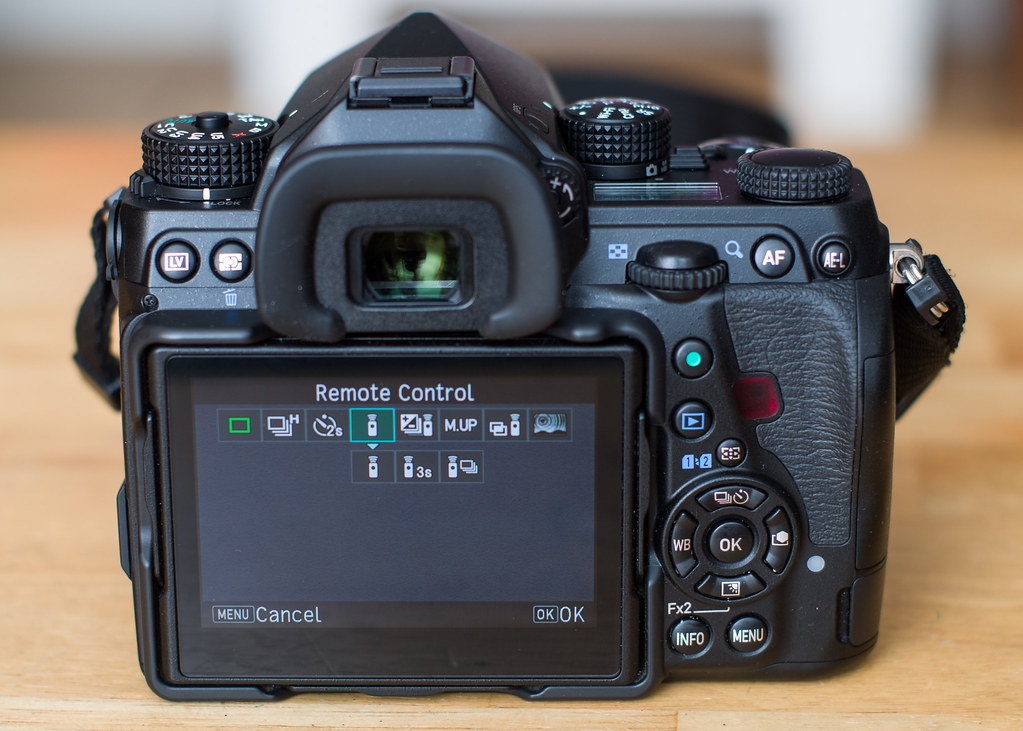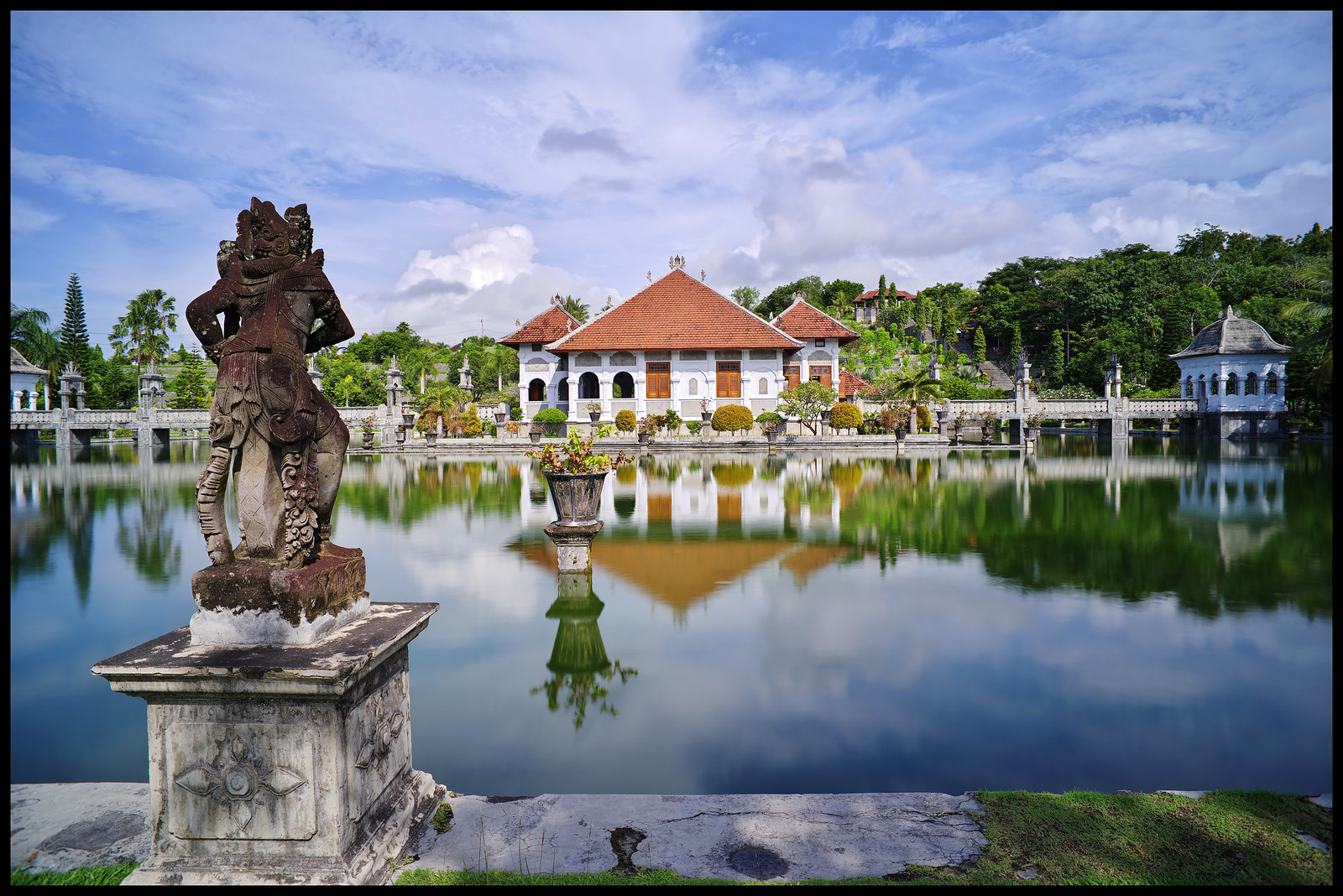Bali Reverie - A Pentax K1 Real World Review

The long rocky road to the Pentax K1 by jenkwang, on Flickr
Talk about DSLRs today and the layman will be left thinking of the major brands that are always on the newspaper Ads and TV commercials.
Surely, success in a good DSLR is with the bravado of being seen, with mediocrity awaiting the more shy (in this case less media presence).
Certainly, it extends to what the more quiet company can produce in their DSLR.
However there is always room for the less mainstream player to be innovative and provide offerings that others may be less inclined to cater for.
The road of the Pentax K1 is a long and windy one.
Who remembers Pentax?
The first maker of Japanese SLRs (in 1952)
Even the word Pentaprism comes from the term used by Pentax in their Asahi Pentax camera (in '57)
In '64, the Pentax Spotmatic was launched, the world's first TTL (through-the-lens) exposure metering system.
Pentax's line of M42 Takumar lenses were so widely used that its often referred as "Pentax screw mount" (despite the fact that Contax S/ Praktika were the first to introduce the mount)
the list goes on...
Time went on, competitors came in and the first Japanese SLR maker fell into decline.........
Time leap yr 2000......
FF dreams
The first FF DSLR was actually announced by Pentax at Photokina way back in 2000, before others entered this market (ie. FF DSLR)
The Pentax MZ-D, was a prototype FF DSLR using the Philips 6mp FF sensor.
Alas, the Pentax FF dream was not to be.
In October 2003, Pentax canceled the camera, stating "The cost of manufacturing the prototype SLR 6-megapixel digital camera meant it was not a viable product for our target market."
Rumors say that the Philips sensor of that time was problematic and costs for the project was mounting.
The great German maker Contax took up the challenge with this same sensor on the Contax N, and fell into financial ruin.
Pentax users would be left without a FF DSLR for the next 16years.
The K1

Like an old friend returning by jenkwang, on Flickr
and hence the review starts.......

The long rocky road to the Pentax K1 by jenkwang, on Flickr
Talk about DSLRs today and the layman will be left thinking of the major brands that are always on the newspaper Ads and TV commercials.
Surely, success in a good DSLR is with the bravado of being seen, with mediocrity awaiting the more shy (in this case less media presence).
Certainly, it extends to what the more quiet company can produce in their DSLR.
However there is always room for the less mainstream player to be innovative and provide offerings that others may be less inclined to cater for.
The road of the Pentax K1 is a long and windy one.
Who remembers Pentax?
The first maker of Japanese SLRs (in 1952)
Even the word Pentaprism comes from the term used by Pentax in their Asahi Pentax camera (in '57)
In '64, the Pentax Spotmatic was launched, the world's first TTL (through-the-lens) exposure metering system.
Pentax's line of M42 Takumar lenses were so widely used that its often referred as "Pentax screw mount" (despite the fact that Contax S/ Praktika were the first to introduce the mount)
the list goes on...
Time went on, competitors came in and the first Japanese SLR maker fell into decline.........
Time leap yr 2000......
FF dreams
The first FF DSLR was actually announced by Pentax at Photokina way back in 2000, before others entered this market (ie. FF DSLR)
The Pentax MZ-D, was a prototype FF DSLR using the Philips 6mp FF sensor.
Alas, the Pentax FF dream was not to be.
In October 2003, Pentax canceled the camera, stating "The cost of manufacturing the prototype SLR 6-megapixel digital camera meant it was not a viable product for our target market."
Rumors say that the Philips sensor of that time was problematic and costs for the project was mounting.
The great German maker Contax took up the challenge with this same sensor on the Contax N, and fell into financial ruin.
Pentax users would be left without a FF DSLR for the next 16years.
The K1

Like an old friend returning by jenkwang, on Flickr
and hence the review starts.......
Last edited:























